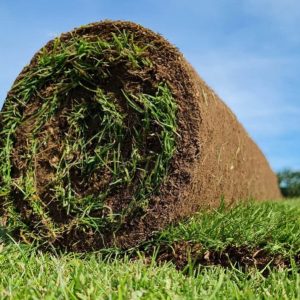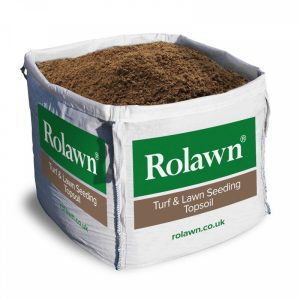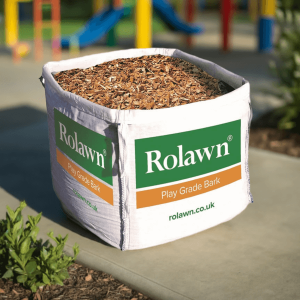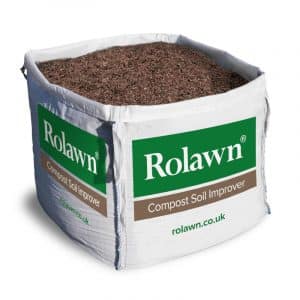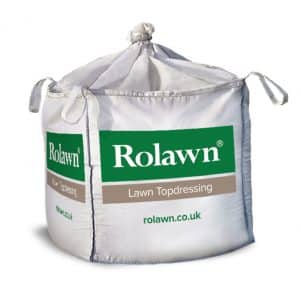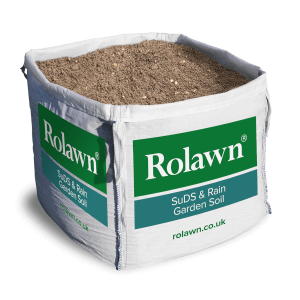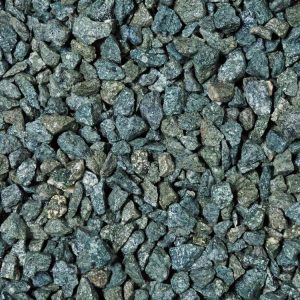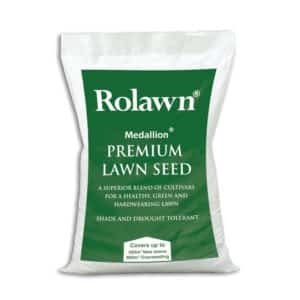If present in small amounts, the best way to eliminate Annual Meadow Grass is to remove it manually using a sharp knife. Cut firmly and diagonally into the roots.
Because Annual Meadow Grass has no underground stems, once its roots have been removed the plant will die (provided all roots have been removed). If the Annual Meadow Grass is present as isolated plants, hand weeding using a knife to sever the crown of the plant from its roots is very effective in removing it from a new turf area.
The bare patches which result will soon fill in if the lawn is growing well. Alternatively a little seed and soil can be used to speed up the process.
Where this is not a practical proposition because of the number of plants present, three other steps can be taken.
- Lime or fertilisers which contain lime, should be avoided if Annual Meadow Grass is to be discouraged. Annual Meadow Grass grows well in neutral or alkaline soils, it dislikes acid conditions and will not grow at a pH of less than 4. Maximum growth is in neutral or alkaline soils.
- Maintaining vigorous and healthy growth of the desirable grass species and avoiding the appearance of any gaps in the sward will help prevent new Annual Meadow Grass plants from germinating and increasing their number from seed.
- Good mowing practice. The aim in this case is to raise any Annual Meadow Grass stems that are lying flat so that they can be removed by the mower. This weakens the plant and makes it less obvious in the lawn.
When mowing, do not mow in the same direction each time and ideally use a mower which collects the clippings.
Any sharp bladed mower can be used to help reduce the population of Annual Meadow Grass, particularly in spring. It is important to ‘target’ the seed heads as they come in to flower every 10 days or so. Mow when the seed heads can clearly be seen. Maintain your grass at a height of 25mm.
After mowing, walk over the lawn to identify seed heads which have laid flat. Raise them up with a brush and cut again.
Brushing or raking before mowing also helps to raise the stems.
Where a good quality cylinder mower is available, brush or comb attachments can be fixed to the mower behind the front roller, which do this each time the grass is mown. In the absence of this, a spring tined lawn rake will tease the flat stems from among the other grasses, giving the same effect. This should be done lightly and regularly.
With good regular mowing when the Annual Meadow Grass seed heads are visible (on a 10 day cycle) the Annual Meadow Grass plant population will gradually reduce.

